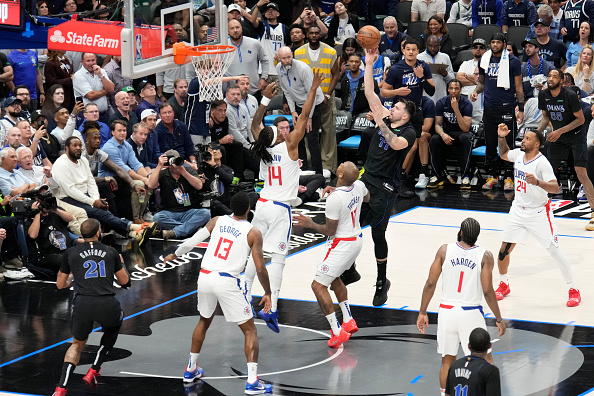When Zach LaVine sat down to celebrate Thanksgiving dinner on Nov. 29, only James Harden had a higher usage rate than the 24-year-old Bulls guard 32.5% clip. Falling in line behind LaVine in the category were Kevin Durant, Joel Embiid and Giannis Antetkounmpo. That would be 1 and 2 in the eventual MVP voting and a pair of All-NBA Second Team members. And LaVine.
Reinforcements – or, simply healthy bodies – arrived in December that took some of the burden off LaVine, whose usage dipped to 27.2% that month. It remained in the high 20s in each of the final three months of LaVine’s season, and he finished his remarkable campaign ranked 12th in the category behind seven All-Pro players.
LaVine’s usage rated finished at 28.8%, the highest mark by a member of the Bulls since Derrick Rose in 2016. Before Rose in 2015, it was Rose’s 2011 MVP season. That’s not necessarily a bad statistic, either. The game’s best players have the ball in their hands the most and finish possessions. But the usage leaderboard has two types of players: established veterans leading contenders and good players on really bad teams.
It’s why the Bulls’ critical offseason wasn’t just good news for the bottom line and the much-needed influx of talent. The trickle-down effect of how LaVine won’t be asked to do as much, and should see an uptick in efficiency because of it, will be just as important as anything his new supporting cast does individually.
“You take a little bit of the load off, definitely,” LaVine said of playing with his new teammates. “Because in the beginning of the year last year, I had to go out there and help us compete for games. That was how I felt I had to do it. I had to go out there and make sure we were in games and competing.
“I don’t feel like I have to do that now. I’ll be all ready for the fourth quarter to come and bring it home. But we’ll be collective and together. I definitely feel like the burden will be off me and it’ll make me get some easier shots and looks, and I’ll be fresher for the fourth.”
For all LaVine was asked to do last season, he was a model of efficiency shooting the ball. He shot 46.7% on 18.0 field goals, averaged 6.0 free throw attempts and was above league average at 37.4% from beyond the arc.
NBA
But he also had a tendency to turn the ball over; his 12.0% turnover rate was third highest among 36 players with a usage rate of 25.0% or higher, and there were times LaVine settled – perhaps because he was tired – instead of attacking the rim, which he did as well as any player in the league last season.
It’s something head coach Jim Boylen is challenging LaVine to improve upon in 2020. Easier looks, higher-percentage looks, and more open looks will go a long way to improving an offense that, even with LaVine’s heroics, ranked 29th in the NBA.
“That's, as you know, what I talk to him about all the time: efficiency,” Boylen said. “You go 3 for 5 from the 3, that's 9 (points). You go 8 for 9 from the line, he's at 17 (points) before he even breaks a sweat. That's what I envision with him.”
A better supporting cast should help him get better looks, too.
“We're more talented. We've been hitting the paint really well in practice. We've had a lot of open looks for people,” Boylen said. “I expect him to hopefully get a couple more easy ones.”
The natural progression, then, is LaVine establishing himself as a true leader. It’s one thing to be the leading scorer on a 22-win team and become the de facto leader because of it, but it’s another to take the reins of a team with increased expectations and one that publicly believes it can and will make the postseason.
That, in turn, could lead to more national attention. LaVine confirmed that he was contacted by USA Basketball this summer about participating in last month’s FIBA World Cup. LaVine had tweaked an ankle earlier in the summer and wasn’t able to play, but he’s open to the idea of playing on the 2020 Olympic team if he’s healthy and a spot is available.
LaVine was also the first Eastern Conference player to average at least 23-4-4 and not make the All-Star Game since Boston’s Paul Pierce in 2007. In that same span, 41 players who did average 23-4-4 made the All-Star Game for the East. That will happen on a 14-44 team (the Bulls’ record at the time reserves were announced), but he knows that victories and team success will lead to more individual awards and recognition.
“I had an All-Star-caliber season, but I didn’t take it as that because we didn’t win,” LaVine said at Media Day. “I think everything comes with winning, and I want that to be more important.
“Because if we’re in that position to where we’re winning and we’re playing the right way and we can make the playoffs, I think just by the way, how we are on the court, that’s going to be enough validation for (me and Lauri Markkanen) being into that (All-Star) Game.”


